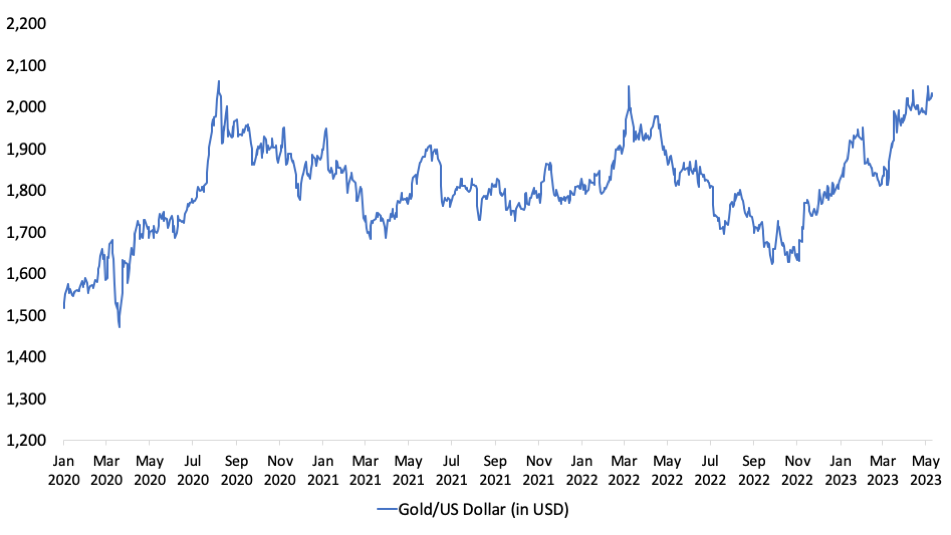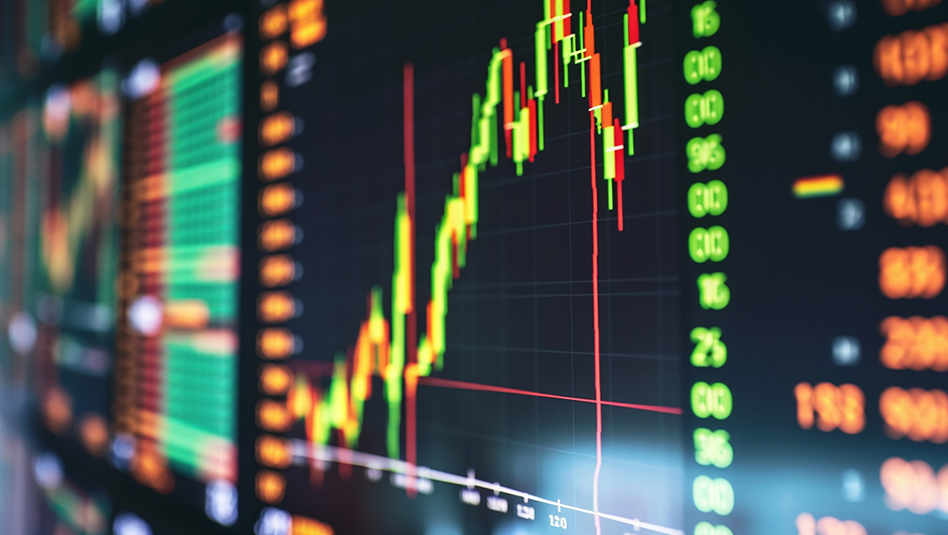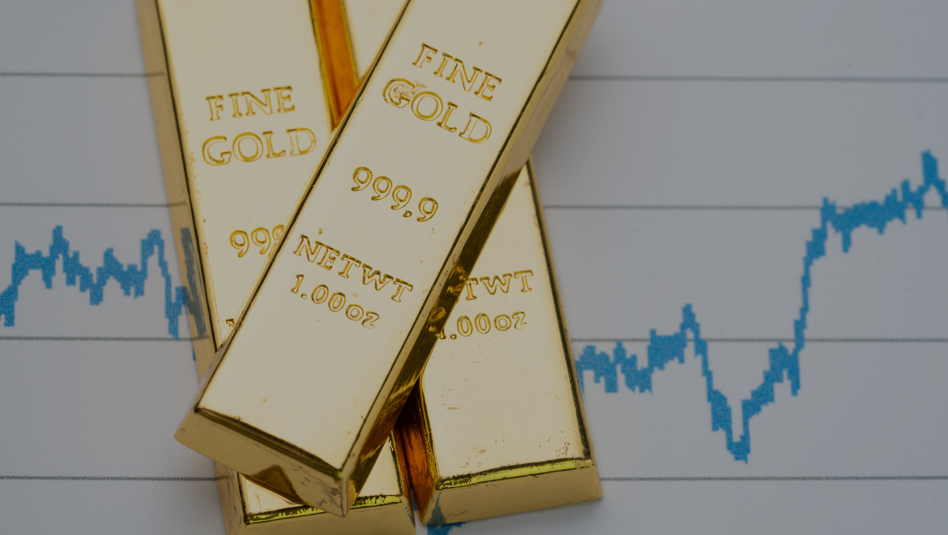Many investors still think gold is a safe haven amid today’s economic risks. Indeed, gold has an intrinsic and tangible value that goes far beyond time and can shape global economies.
 FEATURED INSIGHTS
FEATURED INSIGHTSGold has been a store of value for thousand of years. It has real world uses in jewelry, coins and electronics.
Gold as a commodity is also an investment that is bought and traded. Gold prices have been leading higher as worries about slowing economies and other global uncertainties pile in. Though we wonder, what drives the prices of gold?
Why is gold considered a safe haven?
Gold is considered a safe haven for investors during turbulent times. More people begin investing in gold during times of economic uncertainty because of the precious metal’s tangible value.
Investors also consider gold as a hedge against inflation. Inflation typically has an indirect on the prices of commodities like gold. As prices rise across the economy, investors may buy more gold and their metals to preserve the purchasing power of their dollars.
Why do interest rates matter?
Because gold does not offer any return other than price appreciation and depreciation, it tends to respond inversely to interest rates. As interest rates rise, gold loses demand in favor interest-bearing securities such as government securities.
Take today’s market conditions for example. Gold prices rose significantly in response to US Federal Reserve rate cuts in early 2020, driven by the COVID-19 pandemic. Today, the Fed’s current monetary policy against high inflation presents can drive gold prices lower. A high inflation rate would bolster bets for rate hikes, but much weaker data could cause investors to flock into gold. In addition, tighter credit conditions in the US due to the mini banking crisis have capped expectations for higher interest rates despite economic data still pointing to elevated inflation.

Gold gains as investors seek cover from economic uncertainties
Why do central banks buy gold?
Central banks are also big market movers of gold prices. In our previous article titled, “Is the world really ditching the dollar?”, we revisited the clamor about de-dollarization. The hefty amount of gold purchases by monetary authorities has sparked another conversation about reducing the reliance on the dollar. Recall that central banks manage billion of dollars as part of their foreign exchange reserves.
Central bank buying drove gold demand in the first quarter of the year, reaching 228 metric tons, a 176% increase compared to the 82.7 metric tons a year ago, according to the latest report from the World Gold Council.
The Philippines’ own gold reserves, as of March 2023, stand at 159 metric tons, or about USD 10 billion, according to the Bangko Sentral ng Pilipinas (BSP) data.
While it may seem that central banks load up gold in response to rising geopolitical tensions, central banks can also diversify their portfolios given the current macroeconomic backdrop like normal investors.
In summary, one can say that prices of gold benefit from a broad risk-off tone in markets. While markets grapple with economic uncertainty and conflicting narratives, these set up gold for upside price movement.
GERALDINE WAMBANGCO is a Financial Markets Analyst at the Institutional Investors Coverage Division, Financial Markets Sector, at Metrobank. She provides research and investment insights to high-net-worth clients. She is also a recent graduate of the bank’s Financial Markets Sector Training Program (FMSTP). She holds a Master’s in Industrial Economics (cum laude) from the University of Asia and the Pacific (UA&P). She takes a liking to history, astronomy, and Korean pop music.







 DOWNLOAD
DOWNLOAD






 By Geraldine Wambangco
By Geraldine Wambangco